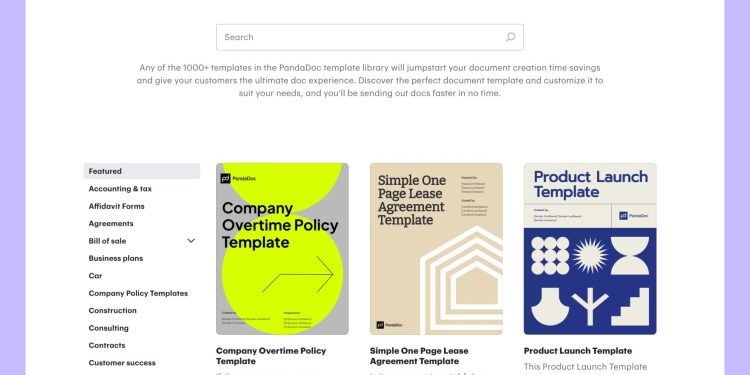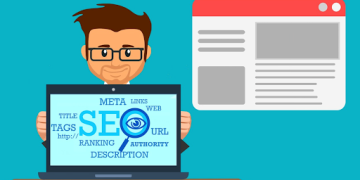Building a Proposal Library: 6 Months of Experience with Tax Advisory Software
The major turnaround faced by our tax advisory practice was realising that our proposal process was not scaling along with the growth. We leveraged our proposal software for tax advisers to develop an extensive library of proposals to transform the way we win new business.
This journey began with the bitter truth that we spent so many hours repeating the same cycle of preparing proposals without any difference. Existing proposals had a polished technicality, but they lacked any standardised appearance or efficient communication of the unique value proposition. This is what prompted us to invest in software that did justice to the dedicated task.
The library creation exercise turned out to be an eye-opener, considering our own service offerings. First, we dug into six months’ worth of proposals that had won business: apples to apples, slicing and dicing factors involved to see what tended to hook customers for us. From these, we could break down winning proposals into modules for reuse, from technical tax planning strategies to industry-specific advisory services.
One of our biggest discoveries was how social proof works. We created a step-wise process for collecting and weaving case studies and client success stories into our proposals. With the software now, we have a living library of these stories and can easily access them.
The change was stupendous for the proposal process. Instead of spending days preparing proposals, it now takes less than a few hours while boosting quality and personalisation. Moreover, analytics from the software reported that proposals custom tailored with certain thematic industry examples and appropriate case studies achieved a success rate about 40% over and above our former generic approaches.
The most invaluable benefit was establishing a level playing field for all team members. Junior advisers can now prepare professional proposals at par with those valued by senior partners, thus allowing the maintenance of standards of documents irrespective of who prepared them.
Our library continues to grow. Successful proposals are added to our knowledge base, and the software will indicate the most successful ingredients that force different types of clients to engage. Not only is the capture data-driven in the creation of proposals winning increased proposals, but it also allows further understanding and articulation of the value to potential clients.
The main lesson we learned is that a good proposal library does not merely store templates—it builds a living resource of the best we do, which continues to evolve with our practice. The right software made this possible, taking what had been, at best, an administrative burden and turning it into an asset.








